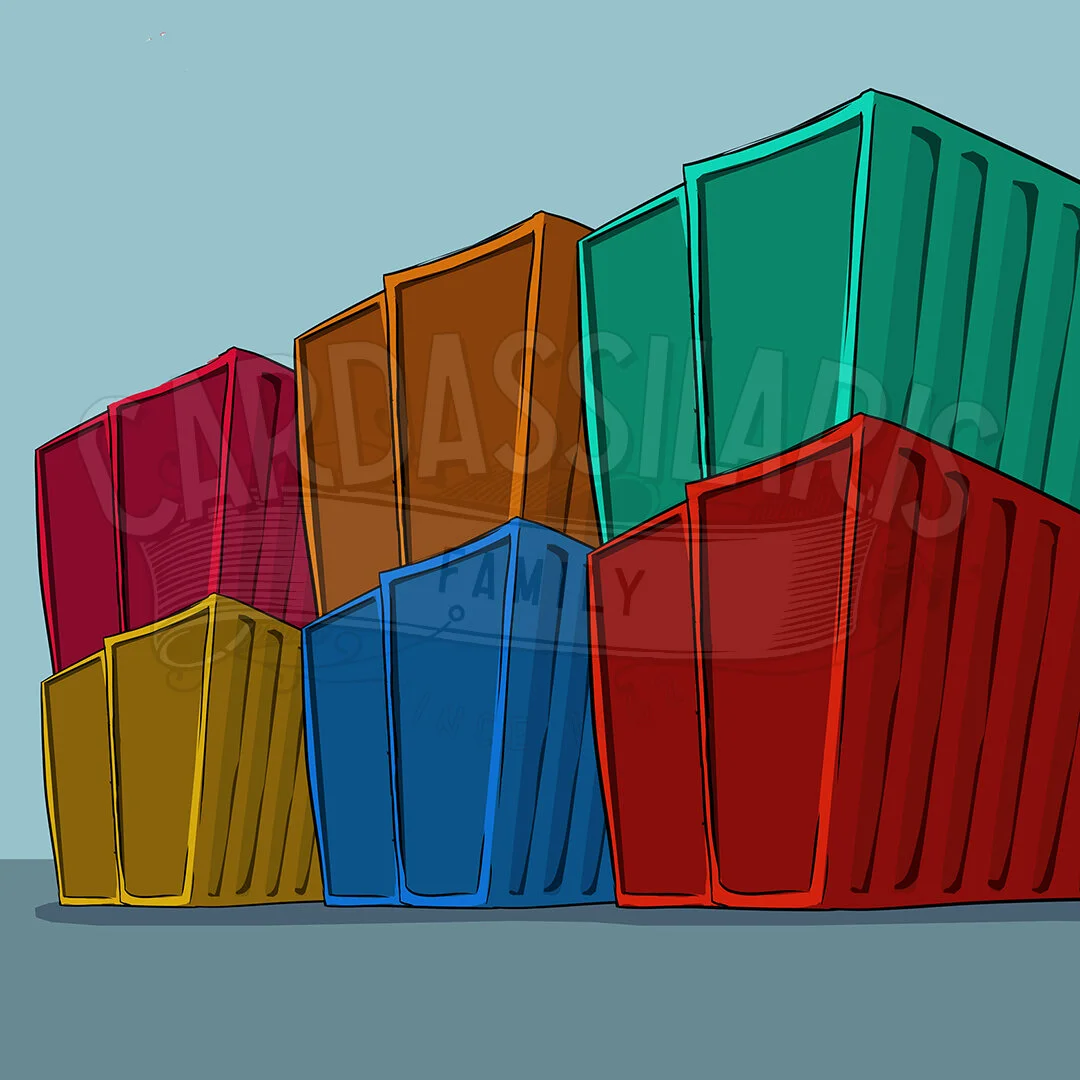Container Shortage Due To COVID-19 Still Plagues The Cashew Industry
By now, there is no surprise that COVID-19 has changed the course of day-to-day activities. This has, naturally, extended to the business world in ways we never thought possible. For instance, it has devastated the global shipping industry, leading to a further devasting shipping containers crisis.
The global shortage of shipping containers due to COVID-19 has resulted in price inflation, which has led to companies attempting to cope with these changes. However, that’s not all.
In addition to price inflation, due to the various lockdowns during the pandemic, there has been a shortage of shipping containers as companies struggle to deal with disruption in the supply chain.
There are various containers stuck in different ports worldwide, and since production had ceased, there was a plug on economic growth. The domino effect has triggered disruption in global trade, bringing us to our current predicament.
Present Day Update: What Is Happening?
The most significant example is the American regions, where Asian containers could not be sent back due to Covid-19 restrictions. In these countries, the containers ended up getting stuck. Worse still, as globally countries started to grapple with Covid-19, China became the first to recover. Ultimately, this meant China could resume its import and export trade while other countries could not do so.
Industry shipping giants, such as Maersk and Hapag-Lloyd, have been hit hard by the global container shortage. It has resulted in them adapting their methods and facing shipping setbacks.
Generally, at this time of year, the industry can expect to see an increase in container tariffs and a slowdown of Chinese production due to most of the population being on holiday. This greatly magnified the impact due to the ongoing container shortage that was prominent before this year's celebrations.
The global shortage and impacts of Covid-19 have left the industry in uncertain waters. However, container availability is gradually increasing while congestion is reducing. As one can imagine, this has a positive impact on the cashew market.
The Impact On The Cashew Market
Due to the shortage, limited space availability is making life very difficult for shippers. In the short term, these higher rates are being absorbed by the importers who buy FOB and sell CFR or ex-warehouse in Europe and the USA, so they cannot increase prices based on the higher freights.
Other than that, the market is relatively quiet, and prices have been stable for quite some time now. Long-term higher freight rates are considered when making offers; however, shipping lines tend to increase their rates almost every two weeks, making it extremely risky to make offers for 2022 since no one knows what to calculate with freight wise.
Since the inshell crop season in the northern hemisphere has ended, the focus has now shifted towards kernels instead. After a slight change in May, prices have been rising steadily.
However, on a good note, the processing is back to normal with COVID-19 stabilizing. The demand is very healthy as large institutional buyers are back in the market to cover the second half of the year's demand, especially as they're now preparing for the festive season.







